Bali, often hailed as the “Island of the Gods,” is a destination that perfectly marries culture and nature. From its rich spiritual heritage to its breathtaking landscapes, every aspect of life on the island reflects a harmonious coexistence between humans, the divine, and the natural world. Let’s explore what makes Bali so exceptional, going beyond the surface to uncover the island’s soul.
A Living Culture That Breathes Through Daily Life
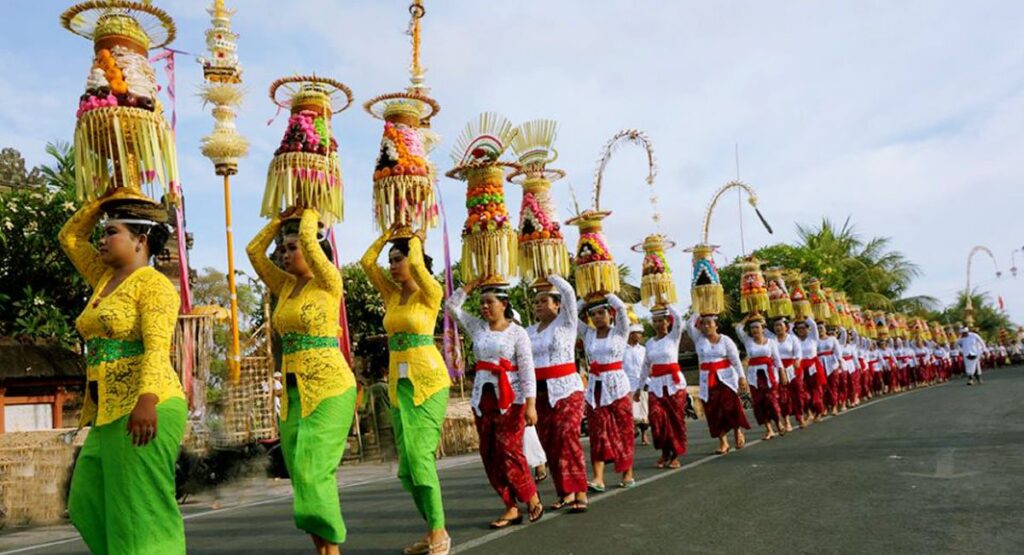
Bali’s cultural richness is not just preserved in its museums or heritage sites—it is alive in the daily rituals, ceremonies, and community activities that define life on the island. Visitors often find themselves immersed in the sights, sounds, and scents of Balinese Hinduism, the unique religion that shapes the island’s identity.
Balinese Hinduism is a syncretic faith, blending elements of animism, Buddhism, and Hinduism brought from India and Java. Central to this belief system is Tri Hita Karana, which emphasizes harmony in three realms: with the divine (parahyangan), with fellow humans (pawongan), and with nature (palemahan). This philosophy is not just a spiritual ideal but a practical way of life that influences everything from agriculture to architecture.
The daily offering of canang sari, a small basket made of palm leaves filled with flowers, rice, and incense, exemplifies this philosophy. Placed on doorsteps, temples, and businesses, these offerings are a humble act of gratitude to the gods and the spirits. For visitors, witnessing this daily ritual is a reminder of the Balinese people’s profound spirituality and connection to their heritage.
The Role of Temples in Bali’s Identity
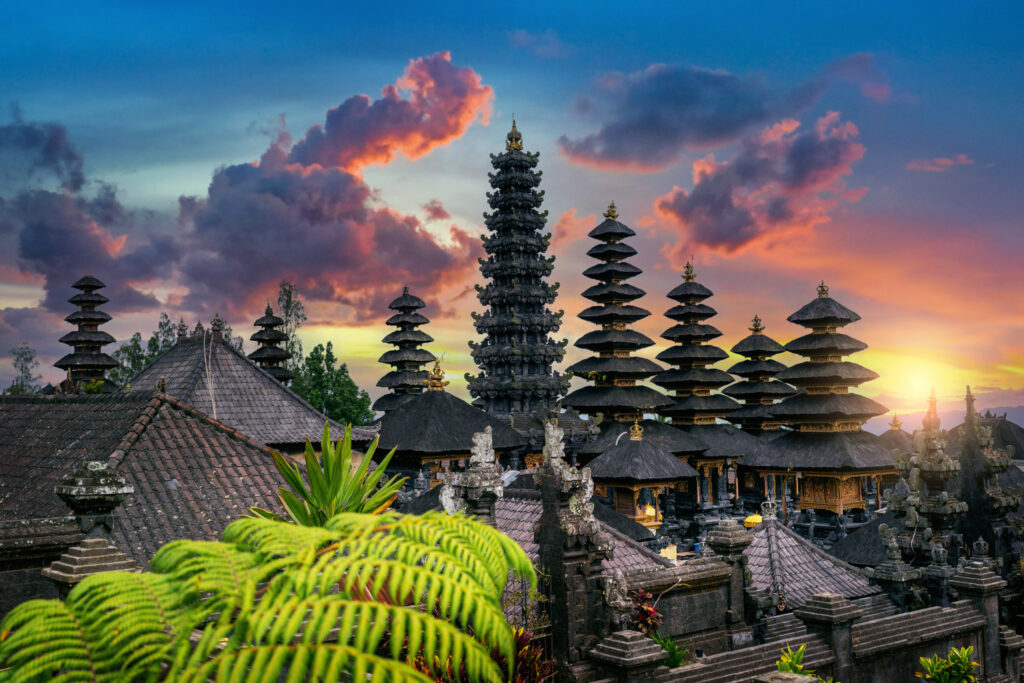
Temples are the physical and spiritual anchors of Balinese life. Every village typically has at least three primary temples: Pura Desa, dedicated to communal spirits; Pura Puseh, honoring the village’s ancestors; and Pura Dalem, a temple for the dead and the divine aspect of Shiva.
The island is home to some of the most iconic and visually stunning temples in the world. Tanah Lot, perched dramatically on a rock formation surrounded by the ocean, is one of the most photographed and revered temples. Besakih Temple, often called the “Mother Temple,” sits majestically on the slopes of Mount Agung and is the most important temple in Bali, serving as the spiritual center for ceremonies and pilgrimages.
Uluwatu Temple, perched atop a cliff overlooking the Indian Ocean, not only offers breathtaking views but also showcases Bali’s cultural vibrancy through its nightly Kecak dance performances. These sacred sites are more than just architectural marvels; they are living spaces where spirituality is celebrated and traditions are preserved.
A Landscape of Divine Proportions
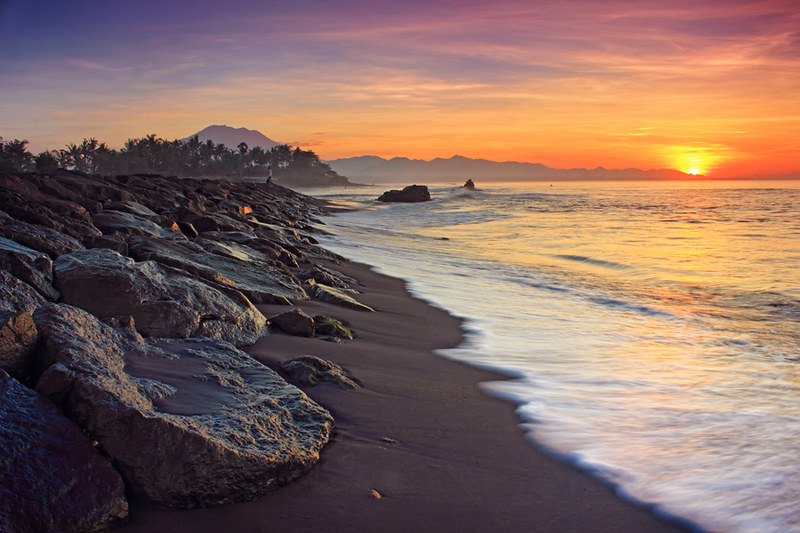
Nature in Bali is not merely a backdrop but an integral part of its cultural identity. The island’s landscapes are believed to be sacred, with volcanoes, rivers, and trees often associated with gods and spirits.
The towering presence of Mount Agung, Bali’s highest peak, holds immense spiritual significance. Considered the home of the gods, it serves as a directional reference for the Balinese, who build their homes and temples facing the mountain. Mount Batur, another active volcano, is a popular destination for sunrise trekking, offering panoramic views that feel almost otherworldly.
Bali’s iconic rice terraces, especially those in Tegalalang and Jatiluwih, are more than postcard-perfect sceneries. These terraced fields are part of the Subak system, a centuries-old irrigation method and UNESCO World Heritage Site. Managed cooperatively by farmers, Subak is a living example of Tri Hita Karana, where the flow of water is not only a physical necessity but also a spiritual blessing.
The island’s beaches offer diverse experiences, from the vibrant golden sands of Seminyak and Kuta to the quiet, black volcanic shores of Amed and Lovina. These coastal areas are also gateways to Bali’s rich marine biodiversity, attracting snorkelers and divers eager to explore coral reefs, shipwrecks, and vibrant underwater ecosystems.
Art and Creativity at the Heart of Bali
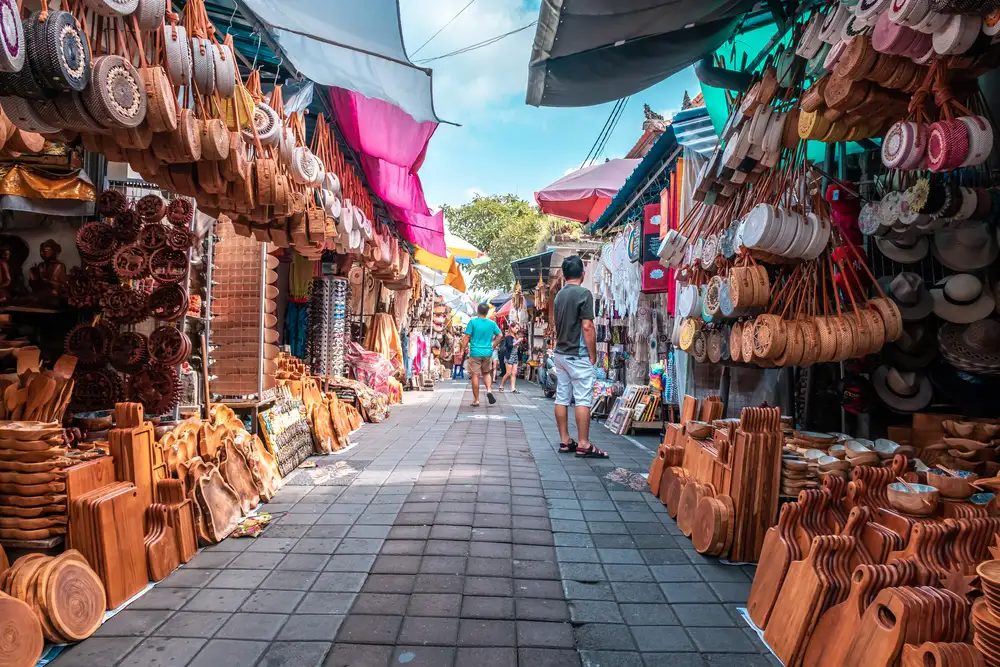
Bali is often described as an “island of artists,” where creativity thrives in every village and community. Art in Bali is deeply connected to spirituality and tradition, often serving as an offering to the gods or a means of storytelling.
Balinese dances like Legong, Barong, and Kecak are more than performances; they are cultural treasures. Each dance tells a story, often drawn from Hindu epics like the Ramayana and Mahabharata. The elaborate costumes, intricate hand movements, and hypnotic rhythms of Gamelan music create an unforgettable sensory experience.
In addition to performing arts, Bali is a hub for visual and craft arts. The villages of Mas, Celuk, and Ubud are renowned for their craftsmanship, from intricate wood carvings and stone sculptures to delicate silver jewelry. Batik and Ikat textiles, with their vibrant colors and intricate patterns, showcase the artistic heritage passed down through generations.
Balinese Philosophy: Harmony with Nature
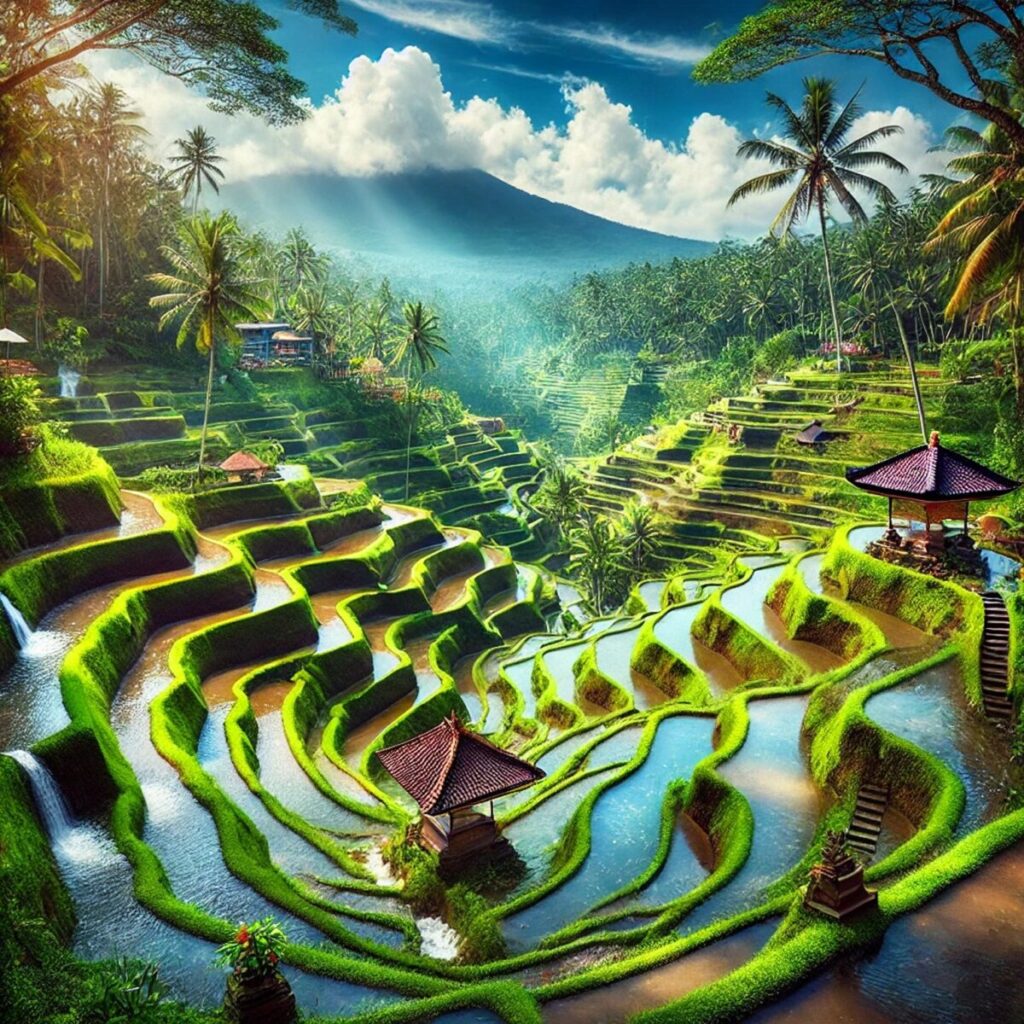
Balinese architecture, agriculture, and daily life are guided by principles that respect and integrate with nature. Homes, temples, and even modern hotels are designed to align with cosmic forces and local environmental conditions. Traditional Balinese compounds, for instance, are arranged according to Asta Kosala Kosali, an architectural philosophy that ensures balance and harmony.
The island’s commitment to sustainability is growing, with eco-conscious initiatives aimed at protecting its fragile environment. Many local businesses and communities are adopting practices to reduce plastic waste, support organic farming, and promote eco-tourism. Bali’s green initiatives reflect its enduring philosophy of living in harmony with the natural world.
Festivals and Celebrations: A Year-Round Spectacle
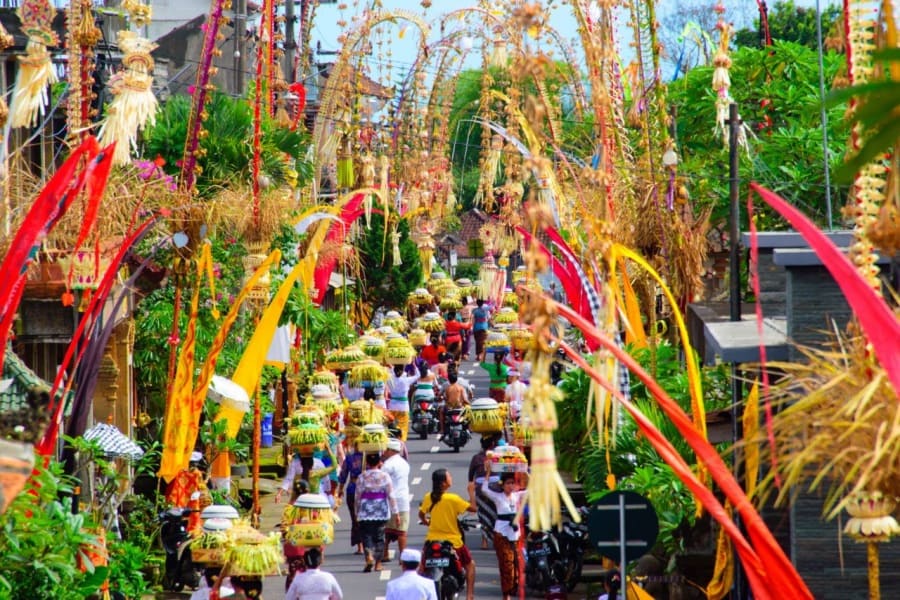
Bali’s vibrant calendar of festivals is a testament to its rich cultural heritage. Nyepi, the Balinese New Year, is a unique and profound experience. On this day, the entire island observes silence—no flights, no vehicles, and no lights. This pause allows for reflection, meditation, and spiritual renewal.
Other festivals like Galungan and Kuningan celebrate the victory of good over evil, marked by decorative bamboo poles (penjor) lining the streets and elaborate offerings at temples. The Bali Arts Festival, held annually in Denpasar, is a month-long celebration of music, dance, and craftsmanship, attracting both locals and international visitors.
Why Bali Stands Out
Bali’s seamless blend of culture and nature makes it a destination like no other. It is a place where spirituality is woven into the fabric of daily life, and every element of the landscape carries a story or meaning. From the sacred peaks of its volcanoes to the rhythmic chants of its dancers, Bali offers an experience that goes beyond sightseeing—it touches the soul.
Whether you are drawn to its cultural depth, artistic vitality, or natural beauty, Bali invites you to connect with a world where tradition and modernity coexist in harmony. It is more than a destination; it is an invitation to rediscover the essence of life.